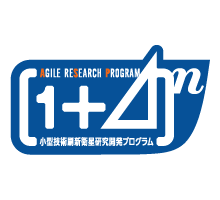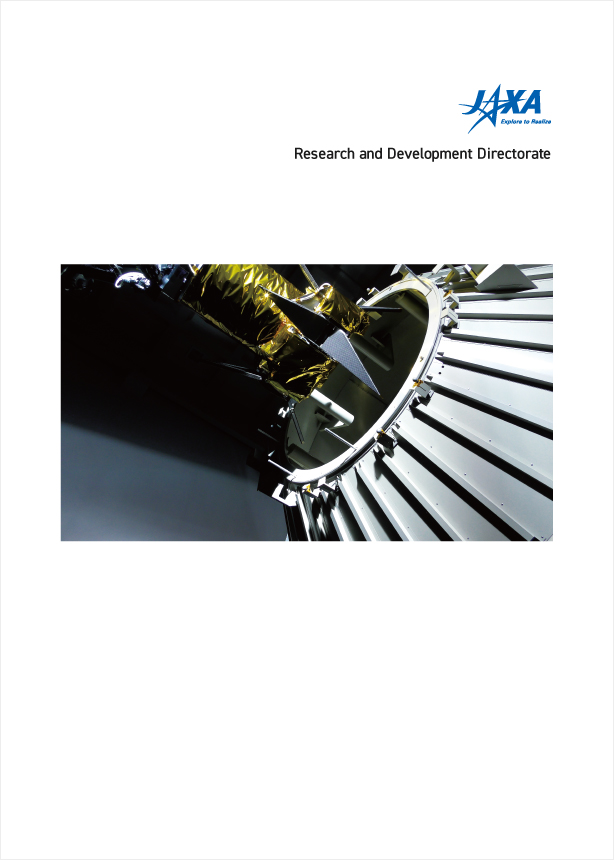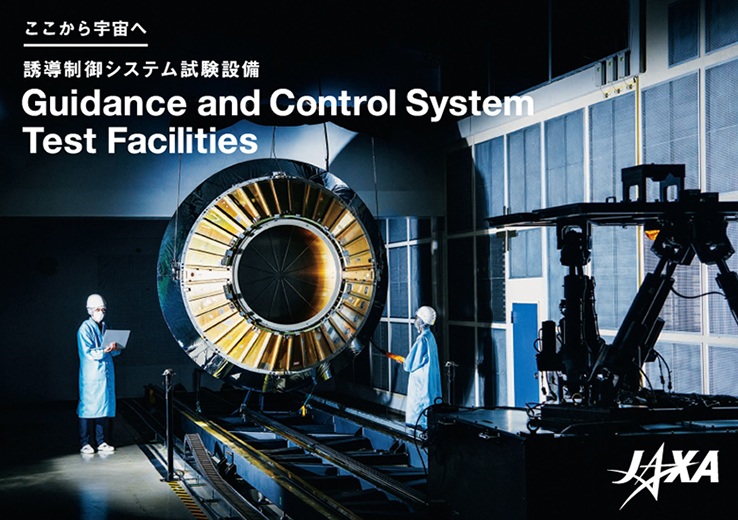History of the SSPS (previous conceptual studies)
The concept of the SSPS was first envisioned by Dr. Peter Glaser of the United States in 1968. His idea was to deploy enormous solar panels in space together with a very large antenna to transmit the collected energy as microwave power. The solar energy would be converted into electricity, converted again into microwaves, and beamed to a receiving antenna, or rectenna, on the ground. The rectenna would then convert the microwaves back into electricity to be used as an energy source. Encouraged by the success of the Apollo Program and human spaceflights, the NASA in the US began to explore methods for constructing large-scale space structures using astronauts. Interest in the idea grew further throughout the world when the first energy crisis struck several years later.
Scientists in the U.S. and Europe have proposed various SSPS concepts over the decades since Dr. Glaser proposed the idea. Yet financial constraints and a lack of political momentum in those countries have forced their research to a standstill. Japan is still working on SSPS concepts and technologies.
Japan commenced its SSPS research activities in the 1980s. Under leadership of the Institute of Space and Astronautical Science (current JAXA ISAS), an industry-government-academia research team introduced a conceptual design of a 10,000 kW-class “SPS2000” in the 1990s. In the 2000s, JAXA and the Ministry of Economy Trade and Industry (METI) studied a million kW-class SSPS concept.
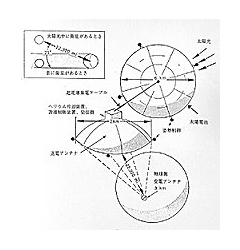
SSPS concept proposed by Dr. Peter Glaser of the United States in 1968
Glaser, P. E., "Power from the Sun; It's Future," Science, 162, pp.857-886, 1968
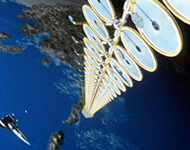
A new SSPS concept was developed using technologies available in the 1990s under the NASA's SSP Fresh Look Study.
John C. Mankins, “A fresh look at space solar power: New architectures, concepts and technologies," 1998
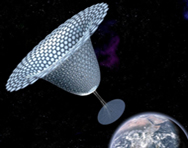
During 2011-2012, NASA investigated a new concept of space solar power: SPS-ALPHA.
John C. Mankins, "SPS-ALPHA: The First Practical Solar Power Satellite via Arbitrarily Large Phased Array," 2012
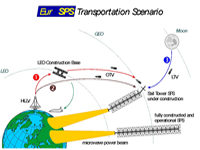
The European Space Agency (ESA) and German Aerospace Center (DLR) carried out SSPS research activities in the mid-2000s.
European Space Agency
Japan commenced its SSPS research activities in the 1980s. Under leadership of the Institute of Space and Astronautical Science (current JAXA ISAS), an industry-government-academia research team introduced a conceptual design of a 10,000 kW-class "SPS2000" in the 1990s. In the 2000s, JAXA and the Ministry of Economy Trade and Industry (METI) studied a million kW-class SSPS concept.

Solar cell units are mounted on the two faces of a triangular prism, and a transmission antenna is equipped with the remaining face.
It was to be launched into equatorial low earth orbit and send energy to equatorial rectennas on the ground.
Achievement report of a commissioned task by New Energy and Industrial Technology Development Organization (NEDO) "Space Solar Power System Research" in 1993.
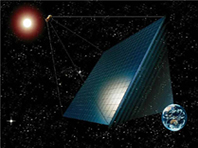
The METI commissioned the SSPS research to the Institute for Unmanned Space Experiment (current Japan Space Systems or J-spacesystems).
They adopted a panel-shaped system that integrated a solar panel for power generation and a microwave antenna for transmission.
The system is projected to produce a million kW on the ground.
Image credit: J-spacesystems
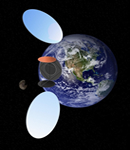
This concept was studied in the 2000s under the leadership of JAXA.
The system consists of two reflecting mirrors, one main spacecraft with solar panels, and a microwave transmission device.
Researchers assessed SSPS concepts by closely considering the social demand and readiness of the technologies.
SSPS advantages and challenges
| Advantages | Challenges | |
|---|---|---|
| Technology |
|
|
| Safety (environmental impacts, etc.) |
|
|
| Economics |
|
|
Basic Plan on Space Policy (Provisional Translation)
The Basic Plan on Space Policy determined by the Strategic Headquarters for Space Policy on January 9, 2015 describes future initiatives for space utilization:
Research shall focus on not only a space-based solar power system with the potential to solve global challenges in fields such as energy, climate change, and environmental crisis, but also space initiatives to improve quality of life and lead to the creation of more vibrant future and more detailed observations of solar activity, the effects of solar-induced changes in space weather patterns on our spacecraft, and the results of the countermeasures we take.
The Basic Plan on Space Policy, the Strategic Headquarters for Space Policy



